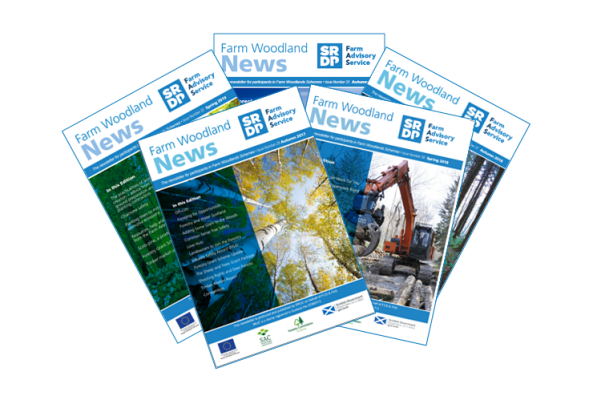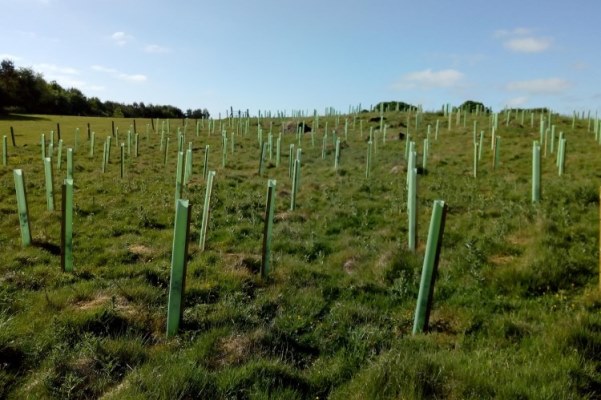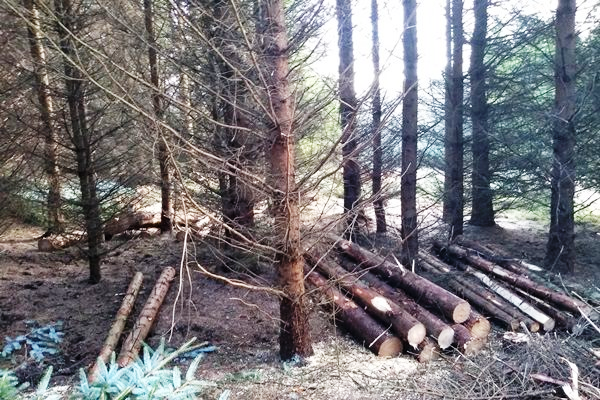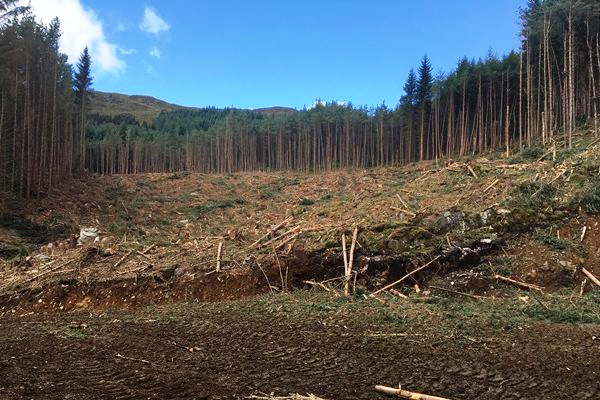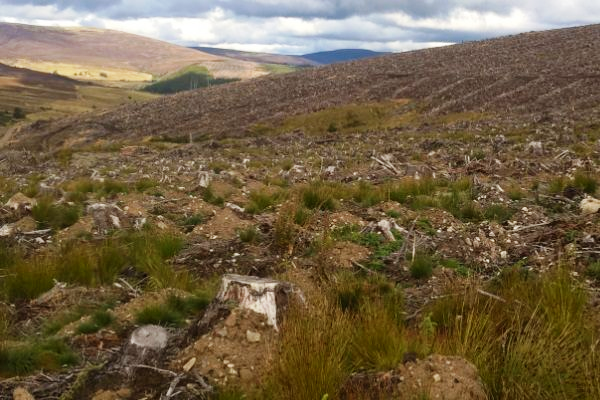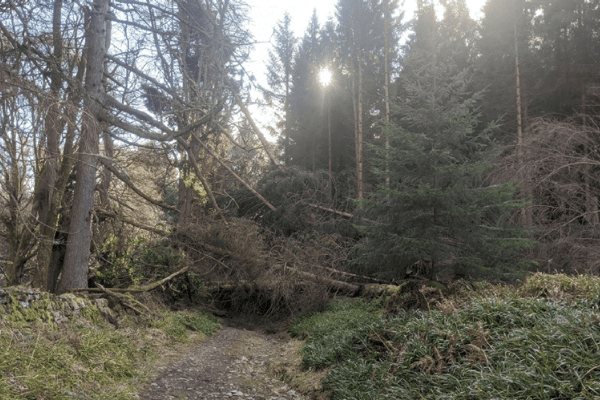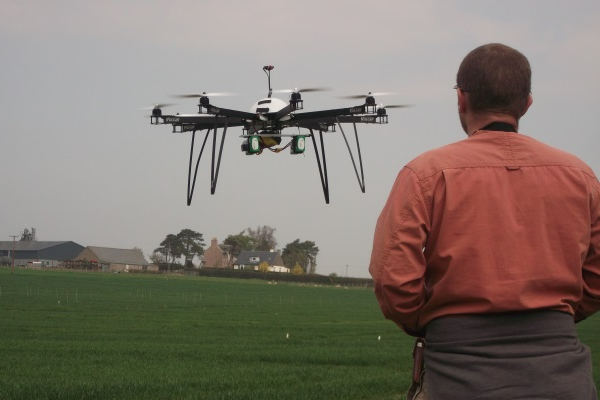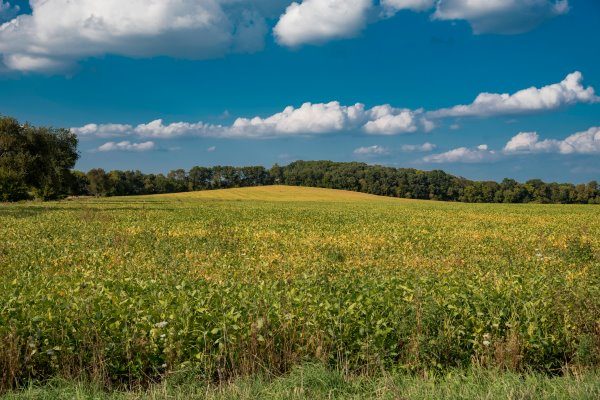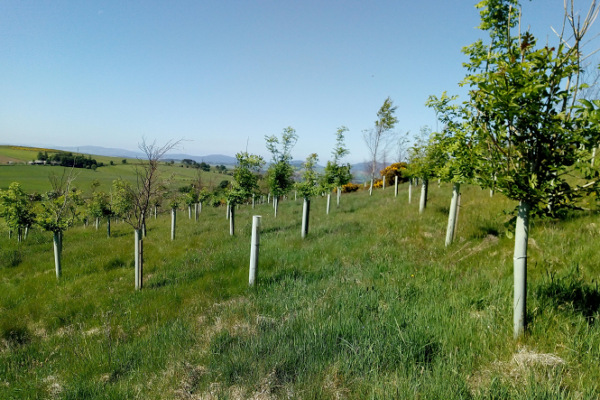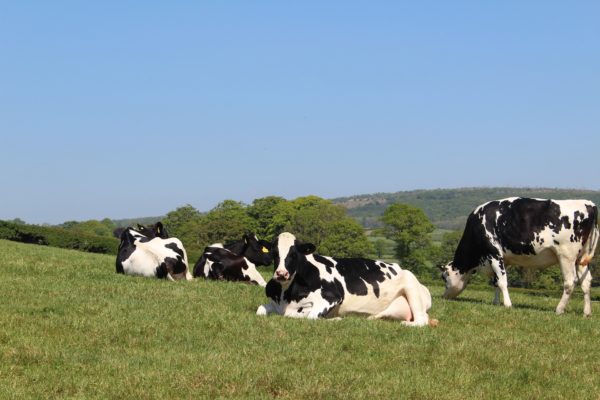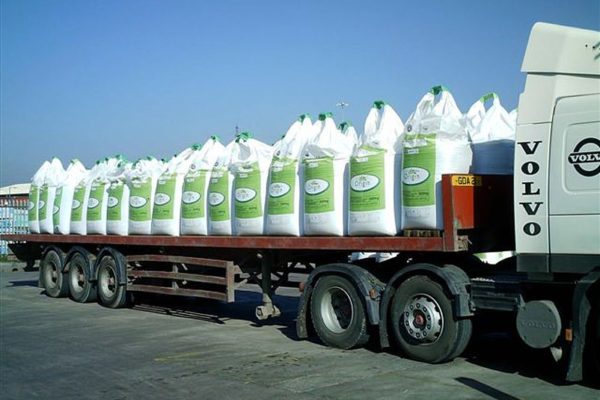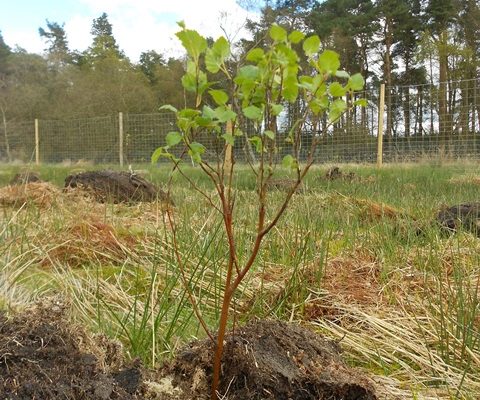Farm Woodlands
Most people plant and manage woodlands to meet objectives directly relevant to their own needs. Traditionally, farm woodlands were planted for shelter, timber production, amenity and game cover or a combination of these.
More recently, wildlife conservation and biosecurity have become important objectives, as has the appreciation of woodlands’ ability to lock up carbon dioxide and help combat global warming. New, often very local, markets for woodfuel have helped to substantially the income from the sale of timber.
Woodlands can also have wider benefits – for example, improving the local landscape or water quality. Local communities may also benefit from the rural jobs that woodland work creates and from new recreational opportunities.
For more information on support for forestry development, visit our Forestry Grant Scheme page.
Did you know you can get specialist advice on farm woodlands, as part of an Integrated Land Management Plan (ILMP)? FAS can help fund an adviser to visit your business and provide you with a specialist advice plan in any two of the following areas:
Improved farm efficiency | Climate change adaptation and mitigation | Soil and nutrient management | Biodiversity, habitat and landscape management | Woodland management and conservation | Water pollution, prevention and control | Organics | Archaeological and historic site advice | Animal welfare
Publications
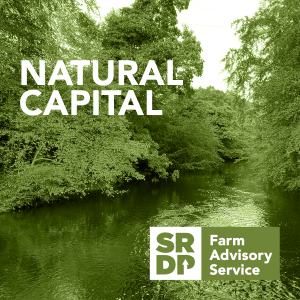

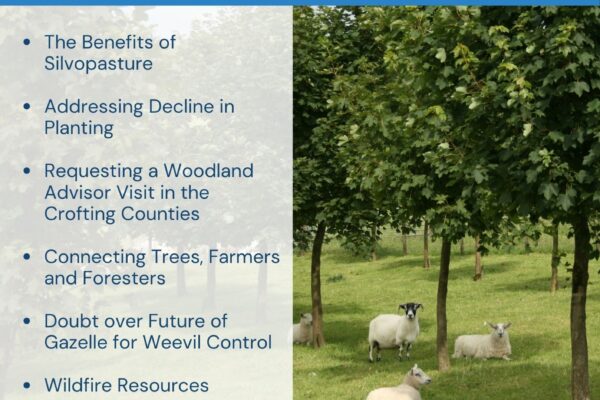
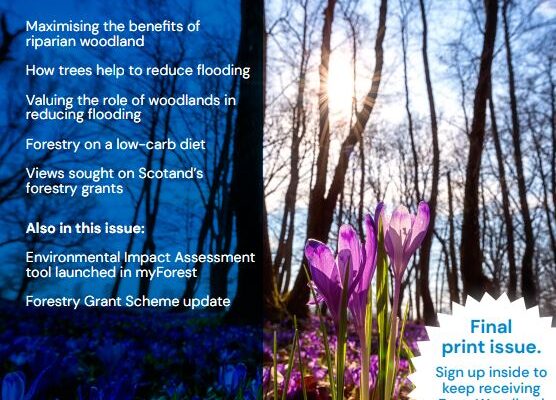
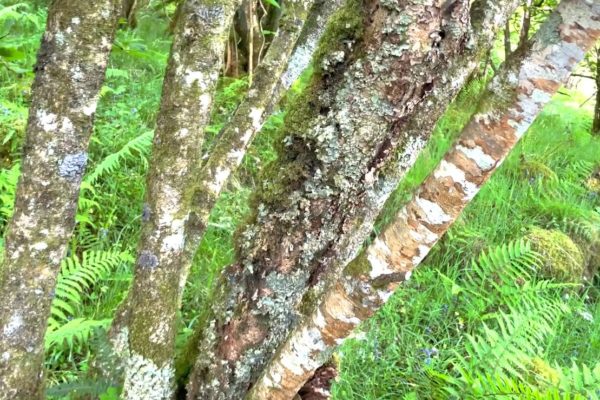
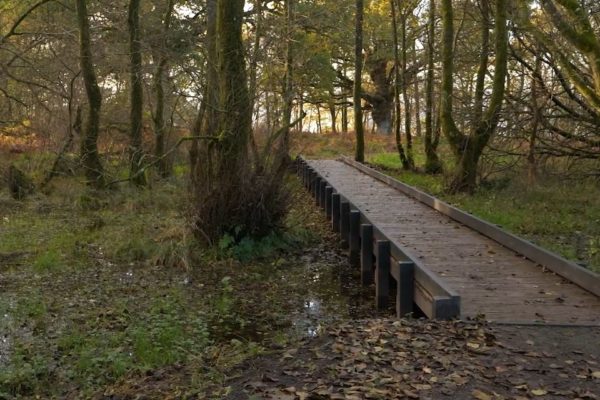
Sign up to the FAS newsletter
Receive updates on news, events and publications from Scotland’s Farm Advisory Service

